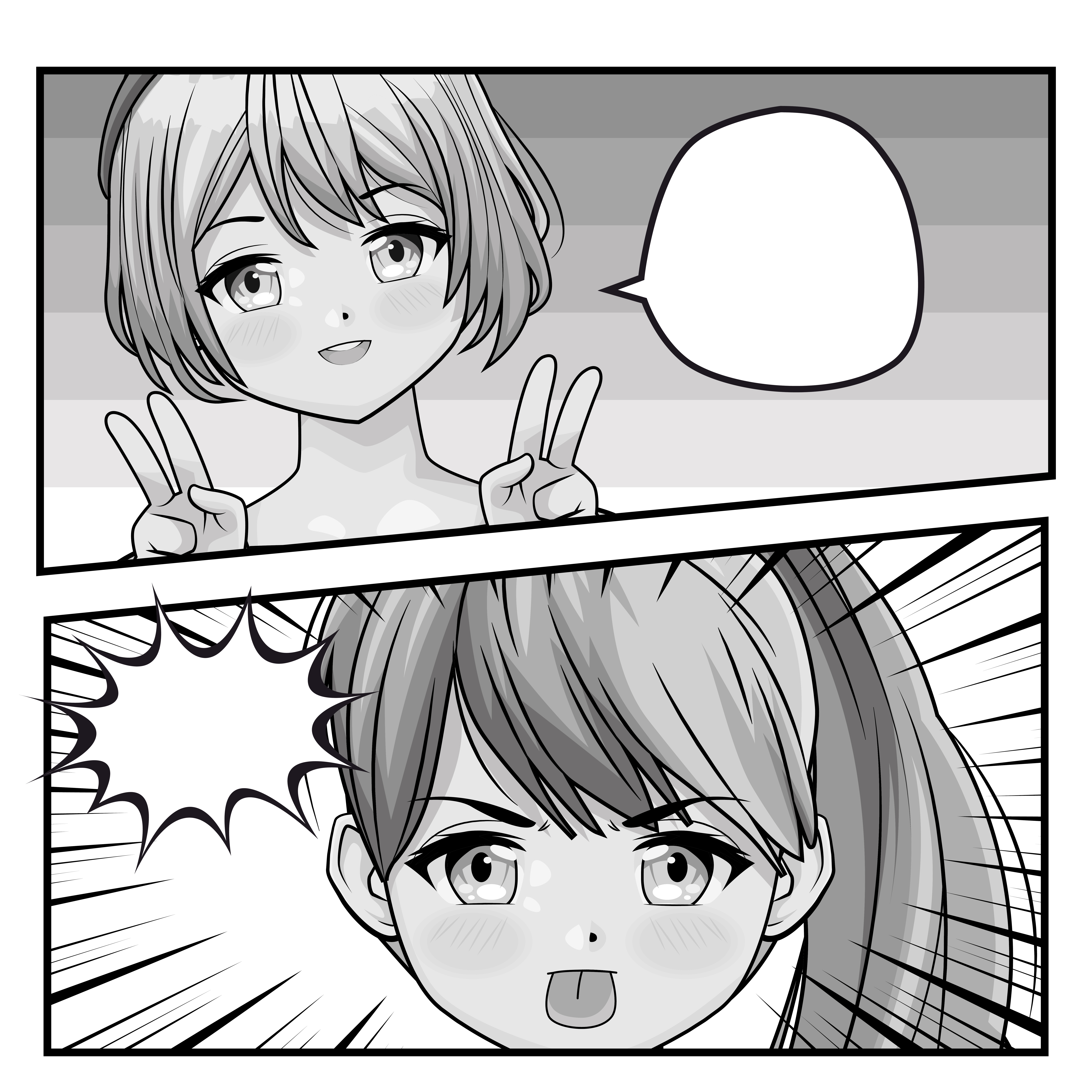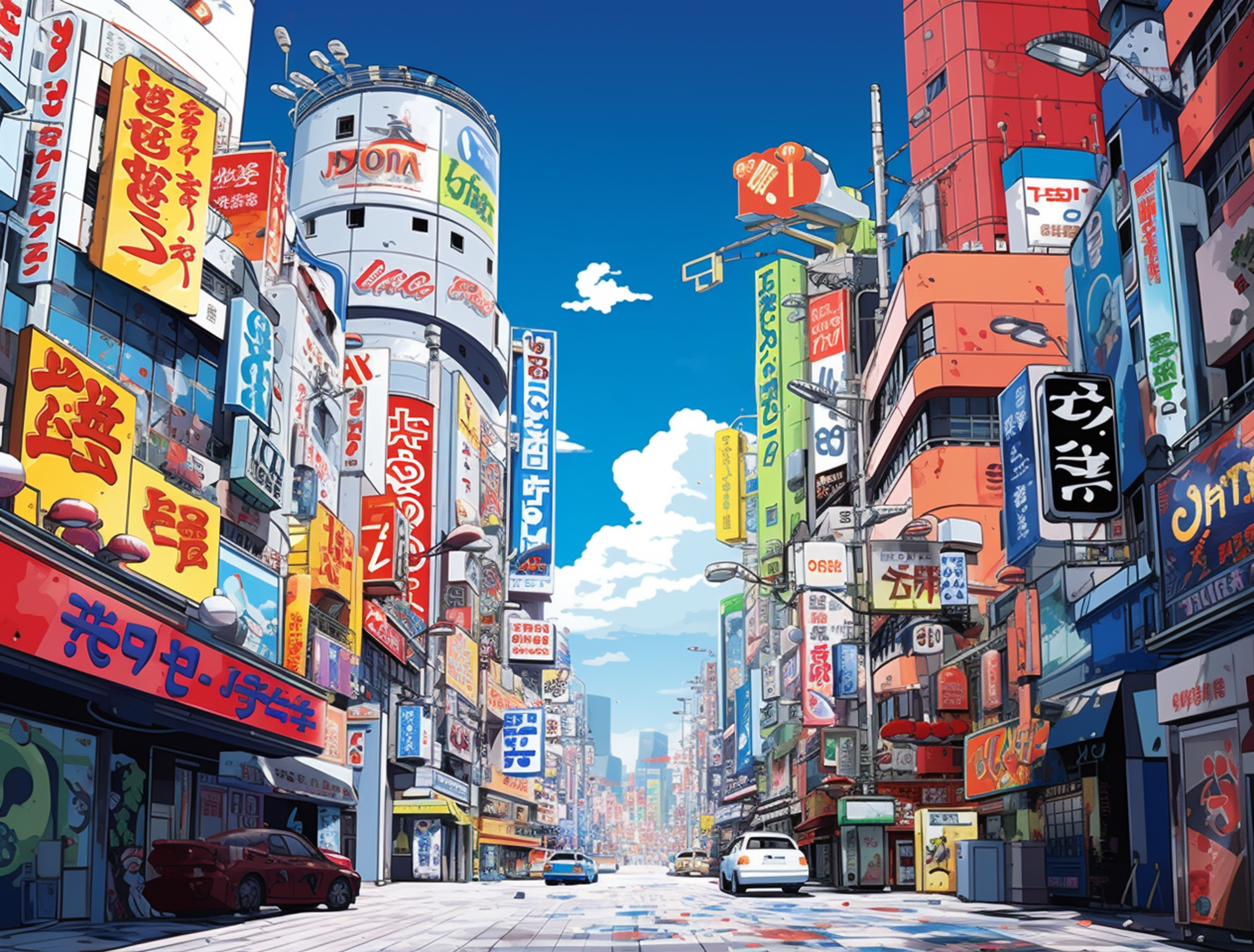How to Read Manga: A Complete Beginner’s Guide
If you have ever opened a Japanese comic and wondered why the “back cover” seems to be the front, you have already started learning how to read manga. The right-to-left flow looks unusual only for a few pages; then its rhythm takes over, and panels begin to move like film frames. This guide walks through reading order, the visual language that powers emotions and action, the major audiences and genres, and a short, curated table of popular series to help you choose a starting point that fits your taste.

The Reading Flow: Panels, Pages, and Motion
The core mechanic behind how to read manga is simple: start with the top right panel, move left across the row, and then down to the next row. When you turn pages, you also move from right to left. English-language editions usually retain this original orientation and include a playful note up front warning Western readers not to start at the “end.” Within that flow, artists guide your eye using speed lines, onomatopoeia, and dramatic crops. A single diagonal slash can signal impact; a soft screen tone can whisper a change in mood. Learn to trust those marks—the page is choreographed to be felt as much as read.
Faces in manga often act like instruments. A narrow eye becomes suspicion, a sudden chibi reduction punctures tension with comedy, and a sweat drop flickers quick embarrassment. Once you begin noticing how these shorthand gestures repeat across artists and decades, the grammar of the page becomes transparent and the story comes forward, clean and immediate.
Audiences and Genres: Finding Your First Shelf
A practical way to learn how to read manga is to begin with the audience categories that shape the market. Shōnen builds around friendship, grit, and action; Shōjo follows romance, empathy, and style; Seinen pushes into darker tones and complex worlds; Josei explores adult relationships and work; Kodomo keeps stories light and bright for children. These labels are not strict limits—they are starting maps. The better you know your taste, the easier your next series is to choose.
Why Manga Feels Different from Western Comics
The difference is not only direction. Many series unfurl slowly across long arcs, letting stakes grow as friendships tighten and cities reveal their hidden rooms. Chapters are designed as beats inside a symphony rather than isolated tracks. Silence is a tool; a full page of empty sky can weigh more than a page of dialogue. When people ask how to read manga well, the answer often includes patience: stay with the rhythm, accept the spaciousness, and let the atmosphere do its work.
Print Versus Digital: Two Doors Into the Same House
Physical volumes teach your hands how to read manga: you feel the right-to-left turn and the thickness of pages remaining in an arc. Digital editions offer portability, accessibility features, and quick backtracking when you miss a visual cue. Legal platforms make sampling easy; box sets make collecting a pleasure. Neither is more “authentic” than the other—the best format is the one that keeps you reading.
Start Here: A Table of Popular, Proven Series
Use the table below as a compass. It mixes classics with modern hits so you can match your mood to a series that has already connected with millions of readers.
| Title | Author | Audience / Genre | Why Readers Start Here |
|---|---|---|---|
| One Piece | Eiichiro Oda | Shōnen • Adventure | Expansive worldbuilding, found-family warmth, and endlessly inventive arcs. |
| Naruto | Masashi Kishimoto | Shōnen • Action | Training, rivalry, and perseverance wrapped in a ninja epic with heart. |
| Attack on Titan | Hajime Isayama | Seinen • Dark Fantasy | Taut plotting that pivots from survival horror to political thriller. |
| Death Note | Tsugumi Ohba & Takeshi Obata | Seinen • Thriller | A chess match between prodigies; perfect for fans of psychological tension. |
| Demon Slayer | Koyoharu Gotouge | Shōnen • Action | Elegant art, compassionate stakes, and a brisk, satisfying pace. |
| My Hero Academia | Kohei Horikoshi | Shōnen • Superhero | School-age heroes, clever power systems, and earnest underdog energy. |
| Fruits Basket | Natsuki Takaya | Shōjo • Romance/Drama | Gentle humor and healing arcs that make empathy feel cinematic. |
| Berserk | Kentaro Miura | Seinen • Dark Fantasy | Monumental artwork and tragedy-forged character depth. |
| Dragon Ball | Akira Toriyama | Shōnen • Classic | Foundational kinetic comedy-action that shaped the global boom. |
| Sailor Moon | Naoko Takeuchi | Shōjo • Magical Girl | Iconic team dynamics, transformation set-pieces, and glittering optimism. |
Practice Makes Natural: Let the Page Teach You
The trick to mastering how to read manga is to stop fighting the page. Begin at the upper right. Trace the gutters with your eyes. Hear the sound effects as texture, not just letters. When a chapter ends, notice how the author closes a beat and plants the next one. Reread a favorite scene and pay attention to where your eye lands first—then ask why. That gentle attention turns confusion into fluency.

Reading Forward
Manga rewards curiosity. Start with a series that matches your appetite, learn from the page’s choreography, and let the long arc carry you. Once the right-to-left motion becomes muscle memory, you will stop thinking about how to read manga and simply live inside it—chapter after chapter, world after world.